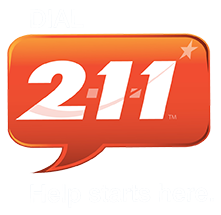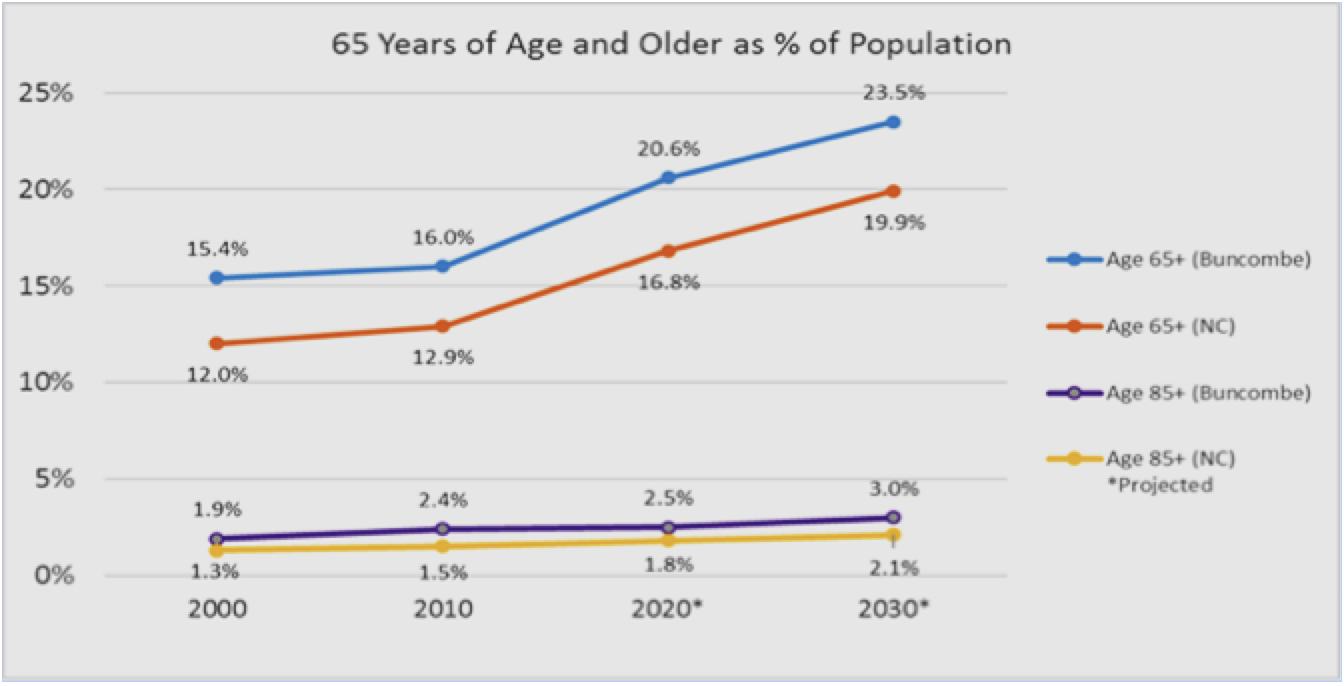
- ABOUT LOS
- DEPARTMENTS
- Administration and Finance
- Area Agency on Aging
- Active Aging Week
- Aging Advisory Council
- Aging Related Trainings
- Buncombe County Aging Plan
- Congregate Nutrition Meal Sites
- Cultural Change in Aging Network of WNC
- Dementia Friendly WNC
- Fall Prevention
- Family Caregiver Support Program
- Foster Grandparent Program
- HCCBG Services
- Health Promotion and Disease Prevention
- Living Healthy Program
- Local and Regional Planning
- Local Contact Agency (LCA)
- Operation Fan/Heat Relief
- Ombudsman Program
- Project C.A.R.E.
- Senior Centers
- Senior Community Services Employment Program (SCSEP)
- Senior Companion Program
- Senior Tar Heel Legislature
- SHIIP
- TRIAD
- Volunteer Advisory Council
- Economic and Community Development
- PLANNING
- Air Quality
- Agriculture and Forestry
- Clean Energy
- Clean Vehicles Coalition
- Comprehensive Economic Development Strategy
- GIS and Technical Services
- GroWNC
- Infrastructure and Community Development
- Land Use Planning
- Recycling Education
- Regional Brownfields Initiative
- Waste Reduction Partners (WRP)
- Water Resources
- West NGN Broadband
- ECD Past Projects
- TRANSPORTATION
- Blue Ridge Bike Plan
- French Broad River MPO
- GO Mountain Commuting
- Greenways Initiatives
- Land of Sky RPO
- Regional Transportation
- Mountain Area Workforce Development
- Transportation Resource Center
- CALENDAR
- MEMBER GOVERNMENTS
- Buncombe County
- City of Asheville
- Town of Biltmore Forest
- Town of Black Mountain
- Town of Montreat
- Town of Weaverville
- Town of Woodfin
- Henderson County
- Village of Flat Rock
- Town of Fletcher
- City of Hendersonville
- Town of Laurel Park
- Madison County
- Town of Hot Springs
- Town of Marshall
- Town of Mars Hill
- Transylvania County
- City of Brevard
- Town of Rosman
- RESOURCES
- OPPORTUNITIES
- CONTACT US

Cultural Change in Aging Network of WNC
Family Caregiver Support Program
Health Promotion and Disease Prevention
Local Contact Agency (LCA/CRC)
Senior Community Services Employment Program
Staff
Ali Climo
Coordinator, Buncombe County Aging Plan
LeeAnne Tucker
Area Agency on Aging Director

For free, confidential help any time of the day.
Buncombe County Aging Plan (2018-2022)
In just a few years, one in five residents of Buncombe County will be age 65 or older. In fewer than twenty years (by 2035) projections suggest this ratio will be closer to one in four. North Carolina ranks 9th nationally in the number of people ages 65+ (see Table 1). Buncombe County has one of North Carolina’s fastest growing older adult populations; and, its age 65+ population is already greater in numbers, and as a percentage of the population, than its ages 0-17 population.
Table 1. Buncombe vs. NC People Ages 65+ and 85+ as a Percentage of the Population

The Buncombe County Aging Plan for 2018-2022 builds on the successes and lessons learned over a decade of age-friendly community planning and implementation work guided by the Aging Coordinating Consortium (ACC), the County’s entity that is charged with overseeing the provision of services to older adults and the identification of service priorities and issues affecting older adults.
The goals and strategies within this plan are the culmination of a comprehensive review of available secondary local, regional, and state data and reports. The goals and strategies also reflect responses to two surveys conducted during the summer of 2017: the Community Aging Plan Survey, completed by over 1150 Buncombe County residents age 50+; and the Providers and Professionals Aging Plan Survey, completed by over 100 service providers and professionals who work with older adults in Buncombe County.
This Aging Plan reflects the vision of an age-friendly community where older adults are safe, welland engaged. This vision aims to answer the big question, “Why an aging plan?” and even, “Why an age-friendly community?” It is our hope with this vision that priorities and resources may be
better focused and targeted toward demonstrable results. This plan also reflects a set of values established by the ACC to help guide its work, including how it allocates Home and Community Care Block Grant (HCCBG) funds and other limited resources.
We value:
- All older adults in Buncombe County, regardless of income or education level, race, ethnicity or nationality, ability, health or cognitive status, gender identity or sexual orientation, veteran status or religious affiliation.
- A systems perspective to help us understand and address the many complex challenges we face with changing demographics.
- A multi-dimensional definition of “livable, age-friendly community.”
- The term of a five-year plan allows Buncombe County sufficient time to engage many organizations and institutions in the creation and implementation of a sustained process of improvement toward becoming an age-friendly community.
This Aging Plan coincides with Buncombe County joining the World Health Organization (WHO)/AARP Network of Age-Friendly Communities (AFC) and launching a 5-year program, which will run parallel with this Aging Plan. In May 2017, the Commissioners resolved to join the Network, affirming that:
An “age-friendly community” has policies, services, and structures that facilitate older adults staying healthy, participating in economic growth, remaining socially active, and living in security. Communities in which older adults can “successfully age” are more likely to mitigate the challenges and enjoy the opportunities related to their older citizens. Actions leading to “age-friendly communities” lead to happier, healthier residents of all ages.
Resolution Authorizing Buncombe County to Join the WHO/AARP Network of Age-Friendly Communities;” Consent Agenda; Buncombe County Board of Commissioners’ Meeting, May 2, 2017
The WHO/AARP Age-Friendly Community (AFC) framework contains 8 domains of livability that influence the quality of life for older adults: outdoor spaces and buildings, transportation, housing, social participation, respect and social inclusion, civic participation and employment, communication and information, and community and health services. Whereas earlier aging plans set goals and made recommendations within specific areas similar to the AFC domains (e.g., “social engagement,” or “financial wellbeing”), in this plan the goals stand independent of any particular domain assignment, recognizing that to truly improve the livability of a community for older adults, we must enable a diversity of community entities to forge strategic partnerships across silos. Within any given domain there exist multiple dimensions and stakeholders, thus to achieve the goals of this Aging Plan will require effort across many sectors.